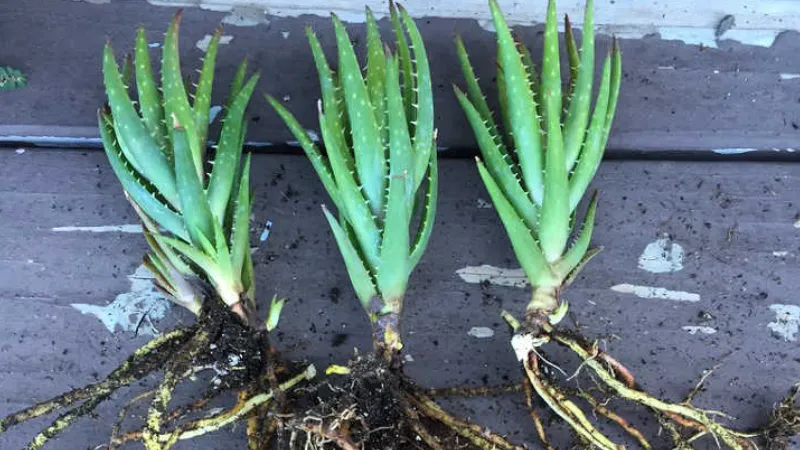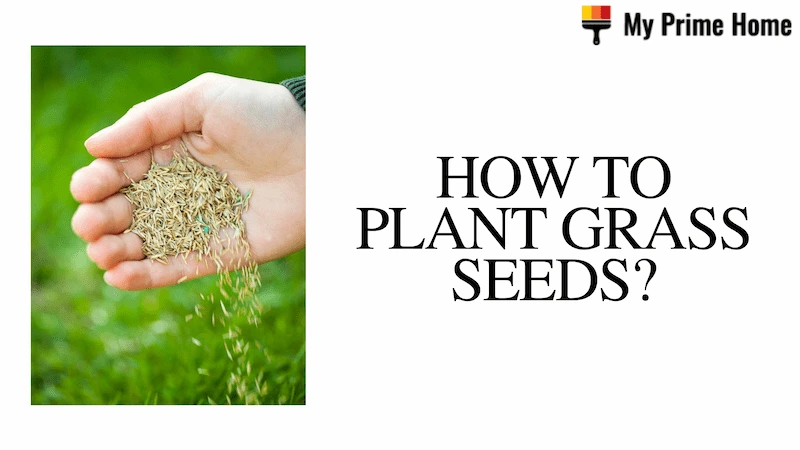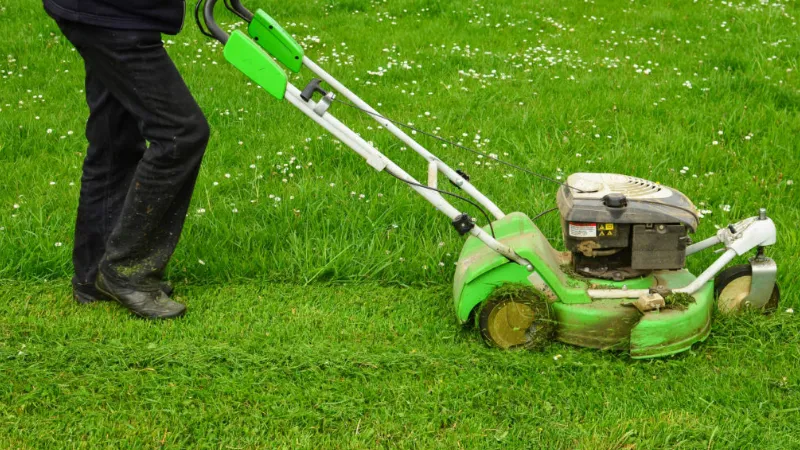In this aloe vera without roots guide – we share our best tips so you can propagate and farm aloe vera without fuss. Even if you have a tiny aloe vera pup devoid of proper roots, we offer cultivation advice.
How to plant aloe vera without roots? Pick the Best Aloe Vera Offshoots, Pick an Appropriate Pot, Make a Potting Mix, and Plant the Aloe Vera Cuttings.
If you want to learn more, keep reading.
How to Plant Aloe Vera Without Roots?
Here is an easy step-by-step guide on how to plant aloe vera without roots:
Pick the Best Aloe Vera Offshoots
Aloe vera can be grown from seed, but this process can be laborious and time-consuming. Insufficient lighting or poor soil conditions can also kill young plants. These succulents produce more dependable offspring that are frequently simpler to propagate. Clean the knife, then carefully pry the soil away from the offshoots before separating them from the mother plant. Offshoots known as pups have their own roots but remain connected to the mother plant.
Alongside the mother plant, new plants called “pups” grow. Puppies should have an entire root system and be 3 inches tall when divided. You’ll need a saucer and a three-inch-wide container to propagate them. Dirt should be cleared away from the aloe pups’ bases to ensure that they have complete root systems.
Use division, which is the most straightforward technique, to divide aloe plants. Cut an offshoot from the mother plant at the appropriate stage. The optimal time to do this is when the leaves have taken on a distinctive rosette shape and are already attached to the mother plant. When propagating the pup, make sure to keep as much of the established root system as possible. Place the pup in fresh cactus mix once its roots have grown.
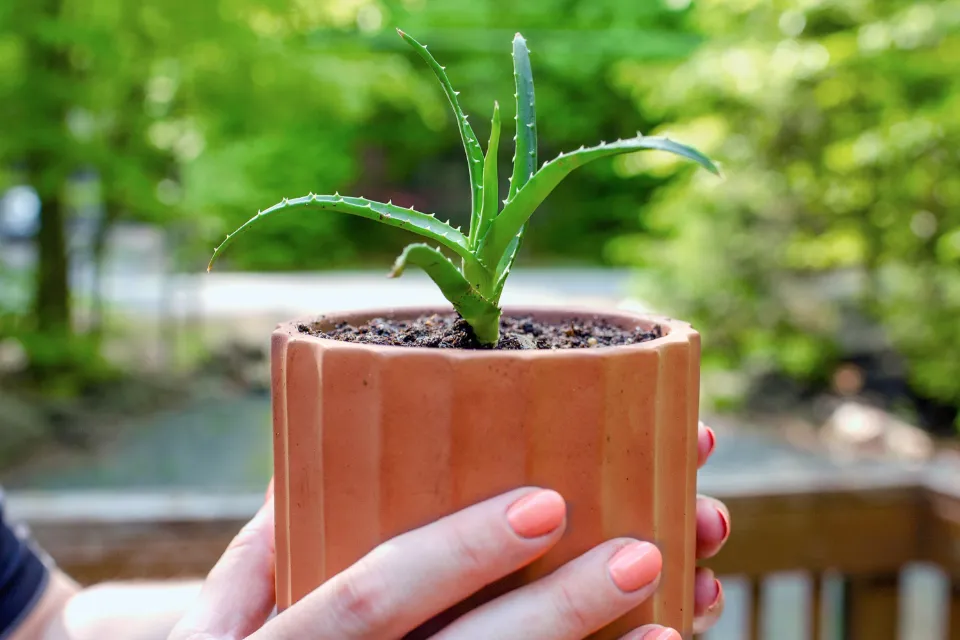
Pick An Appropriate Pot
Make sure to choose a pot with a drainage hole when planting aloe vera plants. Aloe plants should be planted so that the soil is just beneath the crown of the root. Avoid watering the plant for at least a week after transplanting aloe plants. Aloe plants grow best in well-drained potting soil.
While many pots are suitable for growing cacti and succulents, terracotta is the best material for aloe plants. The pot’s humidity levels can be maintained with the help of this material, which also offers enough airflow and drainage. The shallow root system of aloe vera makes a porous pot ideal for growing it in. A deep pot will not be ideal because water will collect there and kill the roots.
When replanting mature aloe plants, make sure to select a large and appropriately sized pot. The plant won’t be able to grow properly in a container without a drainage hole, which could cause yellowing or drying. Additionally, pick a pot with good drainage; ideally, one with gravel inside. Make sure your pot has drainage because aloe plants must be planted in pots with holes.
Make a Potting Mix
When you want to plant aloe vera, follow these instructions to create a potting mixture without roots: Fill the container with compost or thoroughly composted manure. Add some granular fertilizer as well. You will need to add a little bit more than usual because the potting mix contains more nutrients than garden soil. Don’t forget to include some shredded organic matter, as this will offer a steady supply of nutrients.
Repotting aloe vera is simple. Simply take the plant out of the pot and gauge how deep the soil is. At least three inches of the stem must be removed, beginning at the point where it meets the potting soil. Remember that the stem should be at least 3 inches longer than the roots. Furthermore, watch out for an excessively acidic potting mixture, as this will prevent the growth of new roots.
For an aloe plant to thrive and grow, potting soil is essential. In addition to providing nutrients, water, and oxygen, the soil also serves other crucial functions. It also acts as the roots’ foundation. With the right potting mix, water can reach the roots without leading to root rot. The leaves of an ideal potting mixture will be thick and plump. The aloe plant won’t thrive if the soil lacks any of these components.
Plant the Aloe Vera Cuttings
Aloe vera plants can be multiplied by taking cuttings from the original plant. Make sure they are planted in a sunny area for success. After being cut, put them in a container that can hold their root system plus three to five times more. Aloe plants have a rapid rate of growth and can be left in the ground for up to two years. Aloe vera cuttings from cuttings might not grow as well as cacti, though. If you do manage to grow a cutting from an Aloe plant, you may be lucky. You’ll most likely have a leaf that is dried out or one with rotten roots in the interim.
Aloe vera can be grown from a seed, but it can be laborious and time-consuming. If the environment is not conducive to growth, young plants will perish quickly. Offshoots are a faster and more effective way to spread aloe vera. You’ll need a saucer and a container that is three inches wide to divide the offspring. Make sure to scoop out all of the soil from the pot. Pups have roots of their own and are still attached to their mother plant.
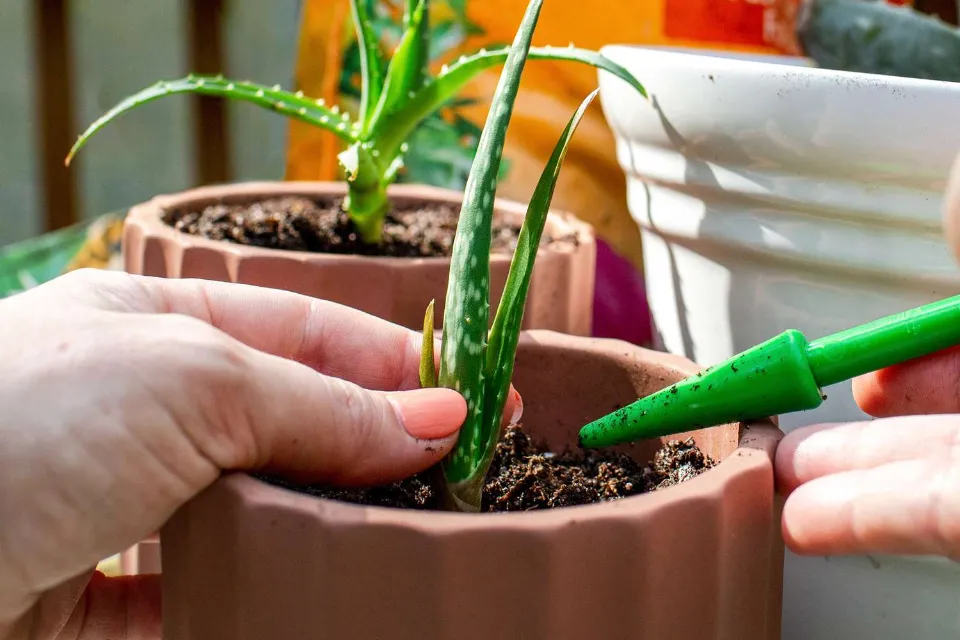
How to Take Care of Aloe Vera?
When it comes to knowing how to plant aloe vera without roots, before doing that, you should know a few facts on how to take care of aloe veras:
- it prefers frost-free zones – if you live somewhere where winters get really cold, plant it in a pot from the beginning and move it indoors when winter arrives
- likes full sun or light shade – in the winter, there might be a need to use grow lights for succulents. How much sun do aloe vera plants need?
- you should let the soil dry before watering thoroughly
- set up drainage holes and empty the dish that accumulates the excess water
- it needs to be watered a bit more frequently than other succulents or cacti– aloe vera can be watered once a week during the warm months and once every 2 weeks during the winter, depends how hot temperatures outside get or how warm your house is in the winter
- it’s active between the months of April and October
- during this active period, you can also use a fertilizer for succulents, about 4 times per month
- the larger size can grow leaves that extend up to 1.2 meters – I’ve seen them on abrupt hills and they’re a spectacular sight
- there are also miniature versions – definitely go for these if you’re living in a smaller place
- it doesn’t mind a little neglect
- absolutely perfect for growing indoors
- even if you have to be away for a week or maybe even two if you have watered it thoroughly before leaving, it will be perfect when you get back
So that’s all there is to know about how to plant aloe vera without roots from offsets (pups), it’s a simple procedure but it can get a little messy.
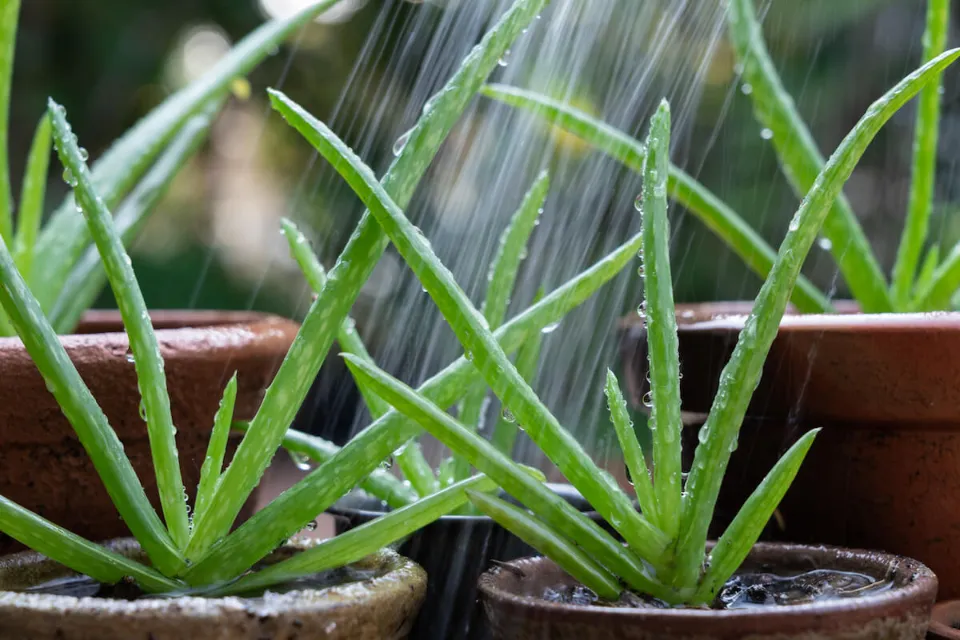
FAQs
Can You Grow Aloe from a Leaf?
You can grow aloe from a leaf, although this method is trickier and has a lower success rate than growing aloe pups.
To grow aloe vera from a leaf:
- Take a leaf that is around three or four inches
- Using a clean, sharp knife, cut the leafat a downwards angle from the parent plant.
- Taking several leaves is a good idea if you have a large enough plant, as not all of them will grow successfully.
- The cut surface of the leaf is highly prone to rotting and must be giventime to seal over. Leave it in a warm, sunny location for up to two weeks, or until the cut surface is dry and covered in a white film.
- Fill a small potwith a suitable growing medium for succulents, and make a hole in the center. Bury about a third of the leaf by inserting the cut surface into the hole. To keep the leaf secure, firmly press the soil into place.
You can improve your chances of success with this method by using a rooting hormone to stimulate root development. Natural alternatives to rooting hormones include cinnamon and honey.
Can You Propagate Aloe Vera from Cuttings?
Propagating from cuttings works for cactus and you might think that it will work for aloe, since they’re both succulents.
Instead, you might simply waste your time and come away with a dried-out or rotten leaf.
That happens with aloe plants because their cuttings have a high moisture content (that gel we use), which will prevent them from becoming viable plants.
The three components of an aloe leaf are the thick outer layer (rind), the odorless and clear inner gel, and the bitter yellowish sap (latex).
Undoubtedly, leaf cuttings are not the solution to how to plant aloe vera without roots.
Nevertheless,
I found a guide for propagating from cuttings, if you still want to try it out and see if it is a viable method for how to plant aloe vera without roots.
Can You Replant a Broken Aloe Leaf?
Accidents occur, and leaves from an aloe vera plant are easily breakable! Do not become alarmed if this occurs while caring for your aloe plant. It’s possible to recover from adversity and create a brand-new plant.
Cleaning up the damaged surface is a good idea to start with. Cut away damaged tissue with a clean, sharp knife to leave a smooth surface because aloe leaves are highly susceptible to rot and diseases.
Until the cut surface dries and forms a white film, keep the leaf in a warm location. Up to two weeks is what you can anticipate.
The leaf can then get planted into a mix of potting soil and sand, where it will eventually grow new roots. If it slightly shrinks, don’t be alarmed; this is normal.
Can Aloe Vera Grow Roots in Water?
Aloe vera plants are very prone to rot, so growing aloe vera roots in water can be challenging. They favor a growing medium that is free-draining, dryer, and blended with cactus compost and potting soil. In low-moisture environments, succulents can thrive. And sitting aloe vera in water is not the best way to propagate them.
To see if aloe pups will develop roots that reach the water, you could try suspending them over it while conducting a fun experiment with the kids. But for the greatest likelihood of success, we advise adhering to the aforementioned techniques.
Summary: How to Plant Aloe Vera Without Roots?
As you can see, if you don’t have a choice of rooted aloe pups to propagate, planting aloe vera without roots is the next best option! Aloe vera plants can be grown successfully without roots, as can a variety of other succulent cultivars. Making sure the cut surface is dry before planting is essential for success. and maintaining a light mist, but not a wet condition, on the soil.
Do you have any experience putting aloe vera down without roots?
If so, please share your aloe vera plant success secrets with us! Or, feel free to contact us if you have any additional questions about rootless aloe vera plants.
My Prime Home tries to give you the best home improvement information. Thank you for reading.
You may also interested:
